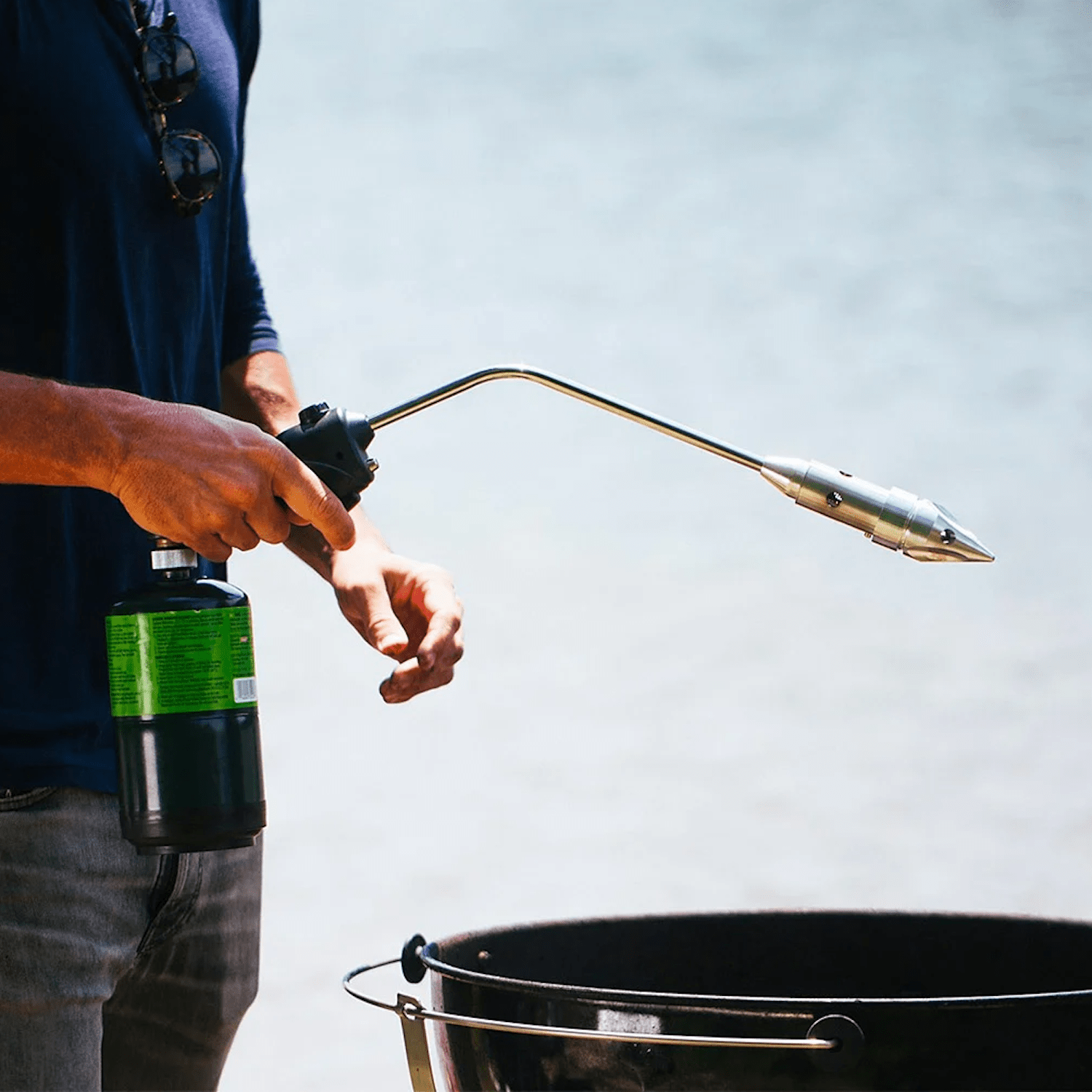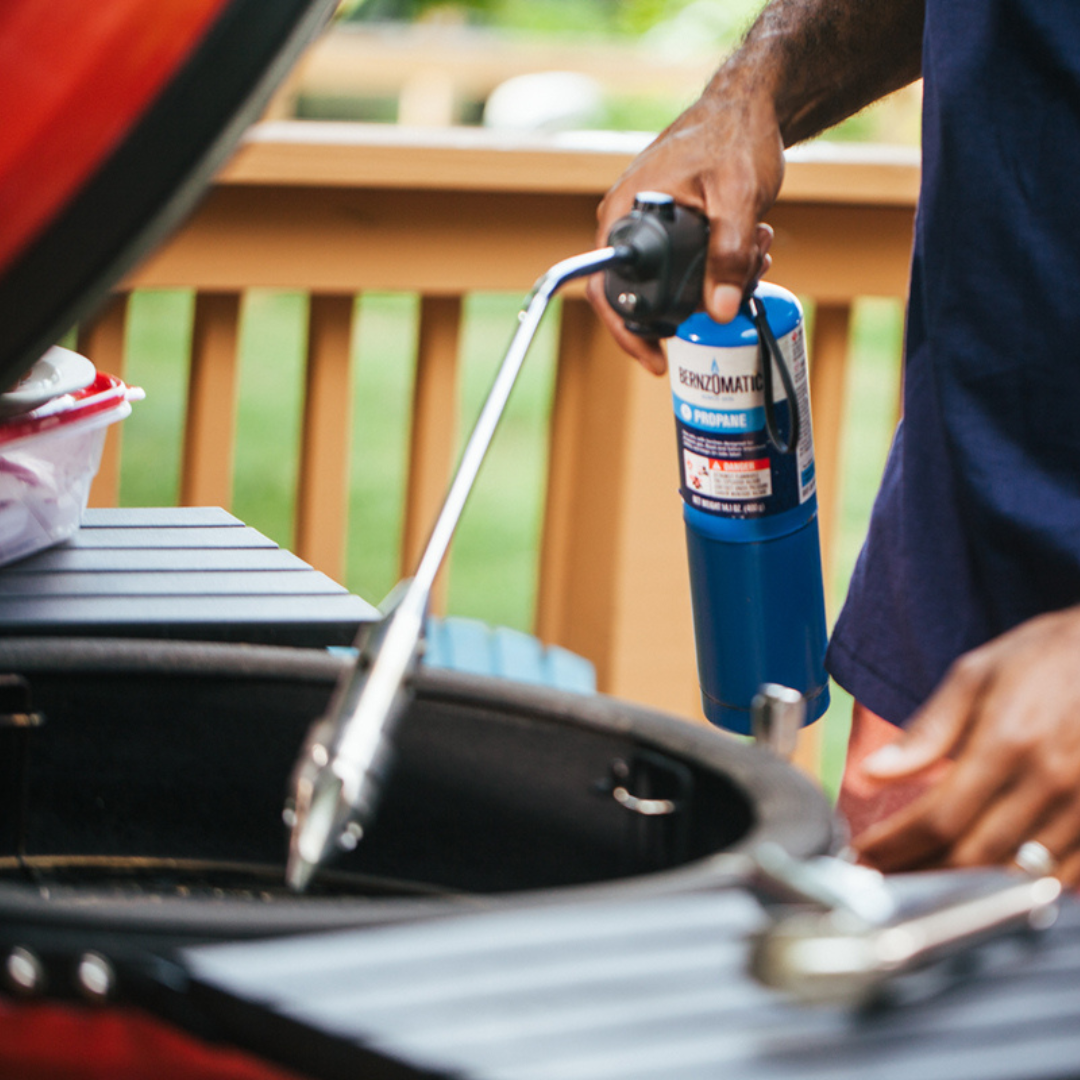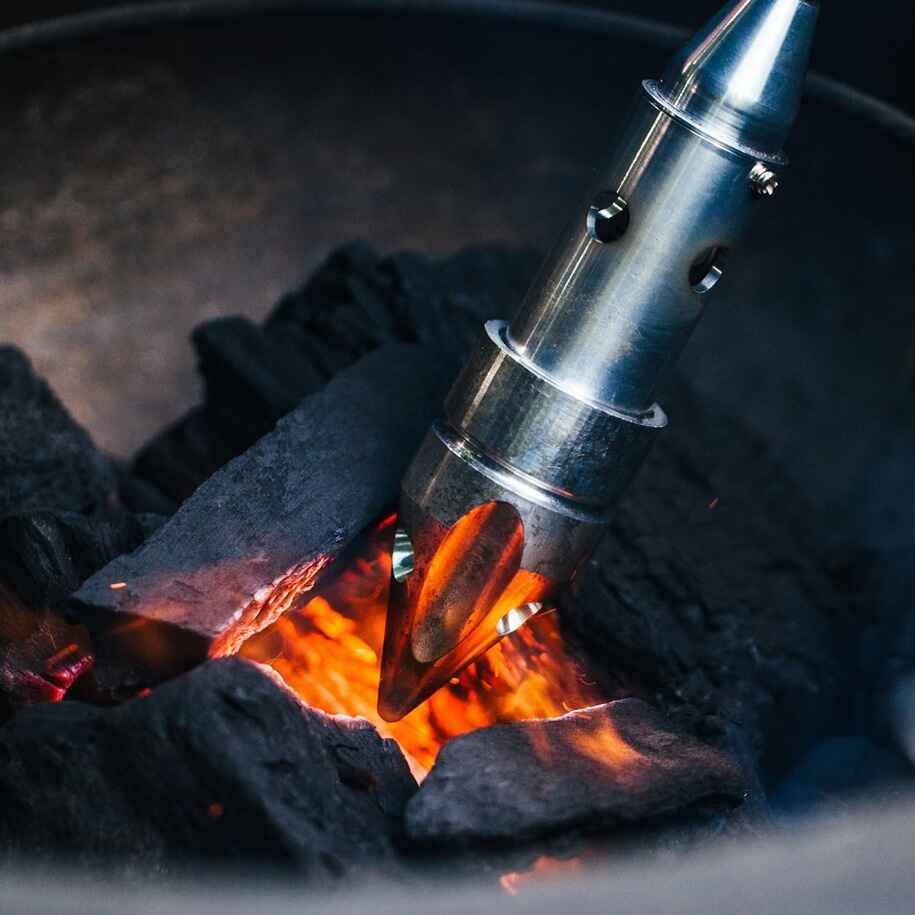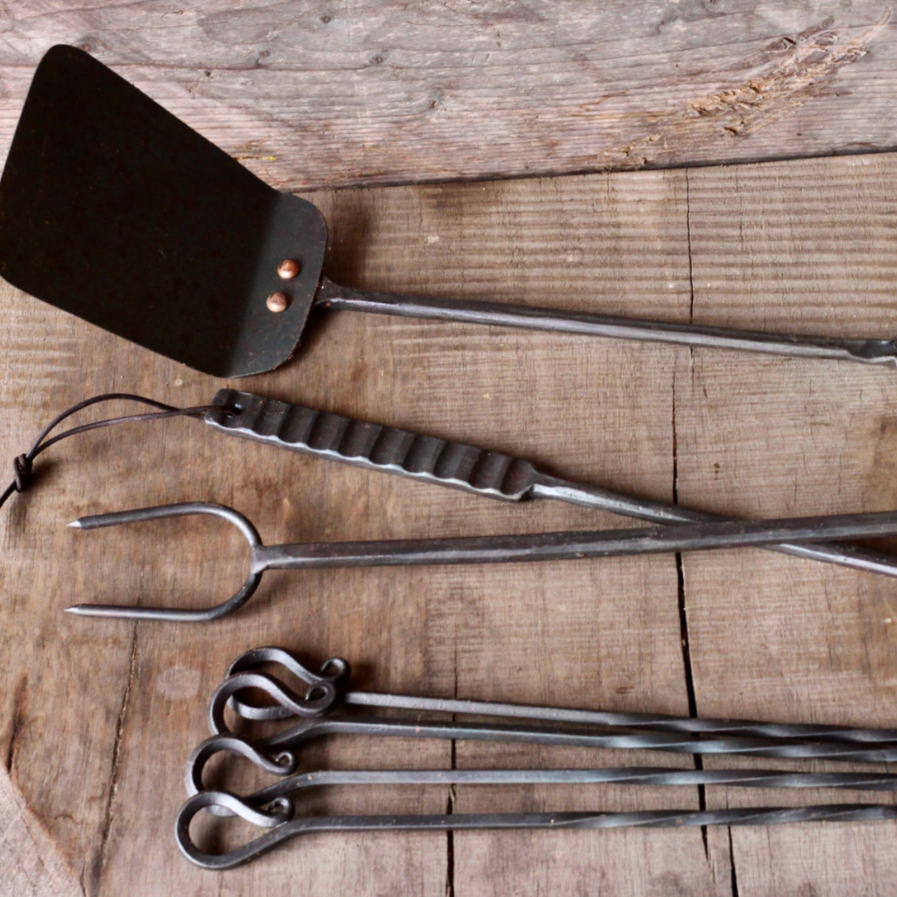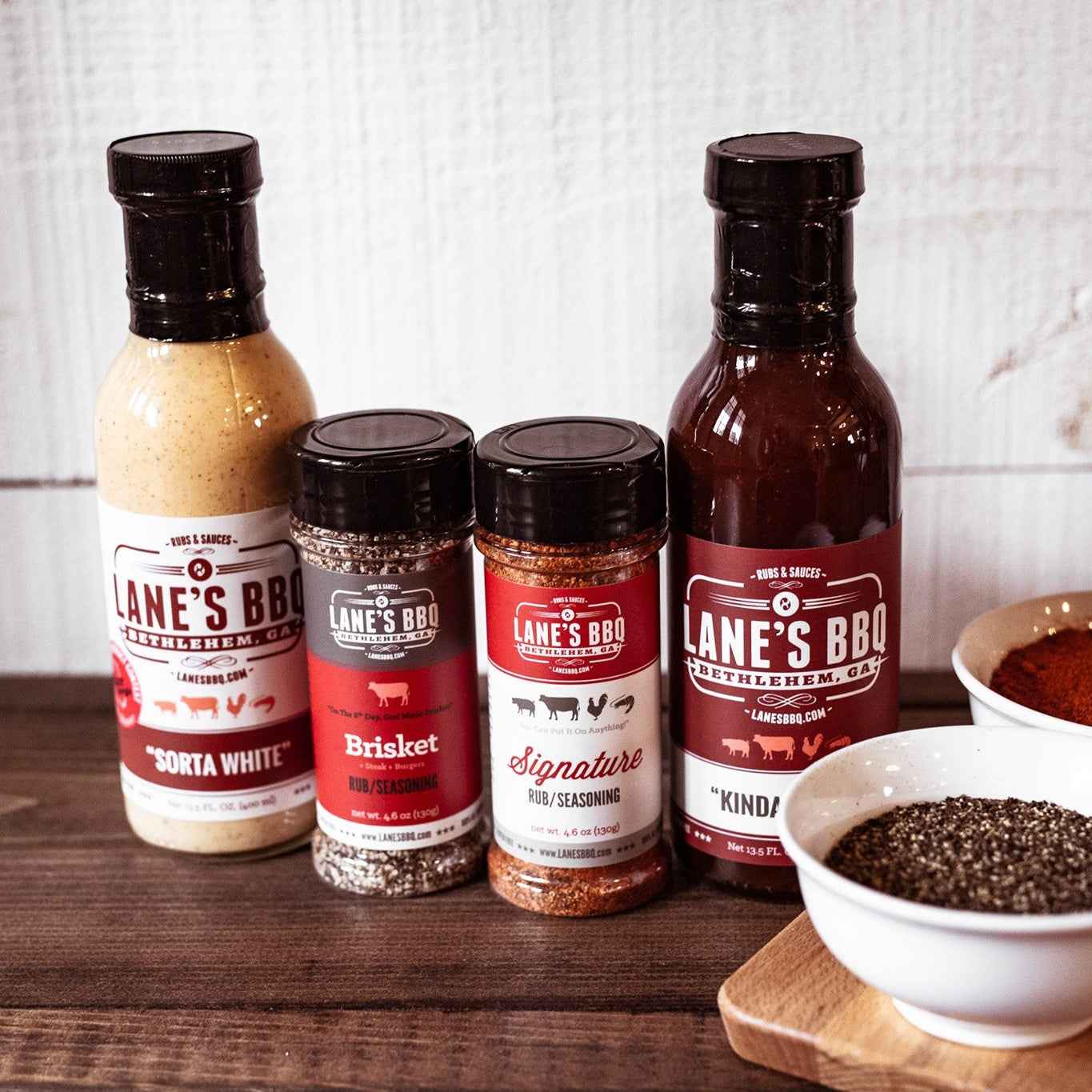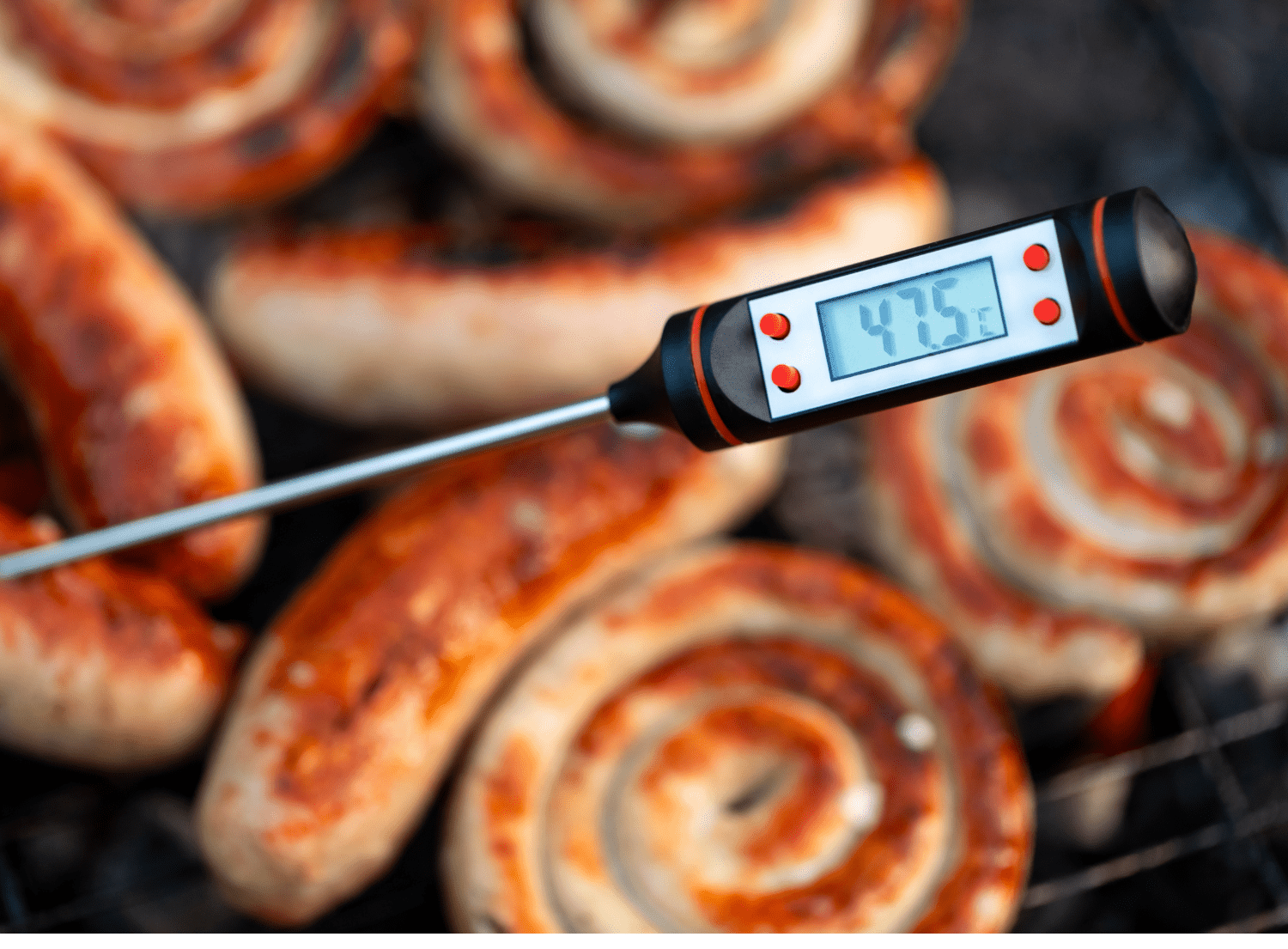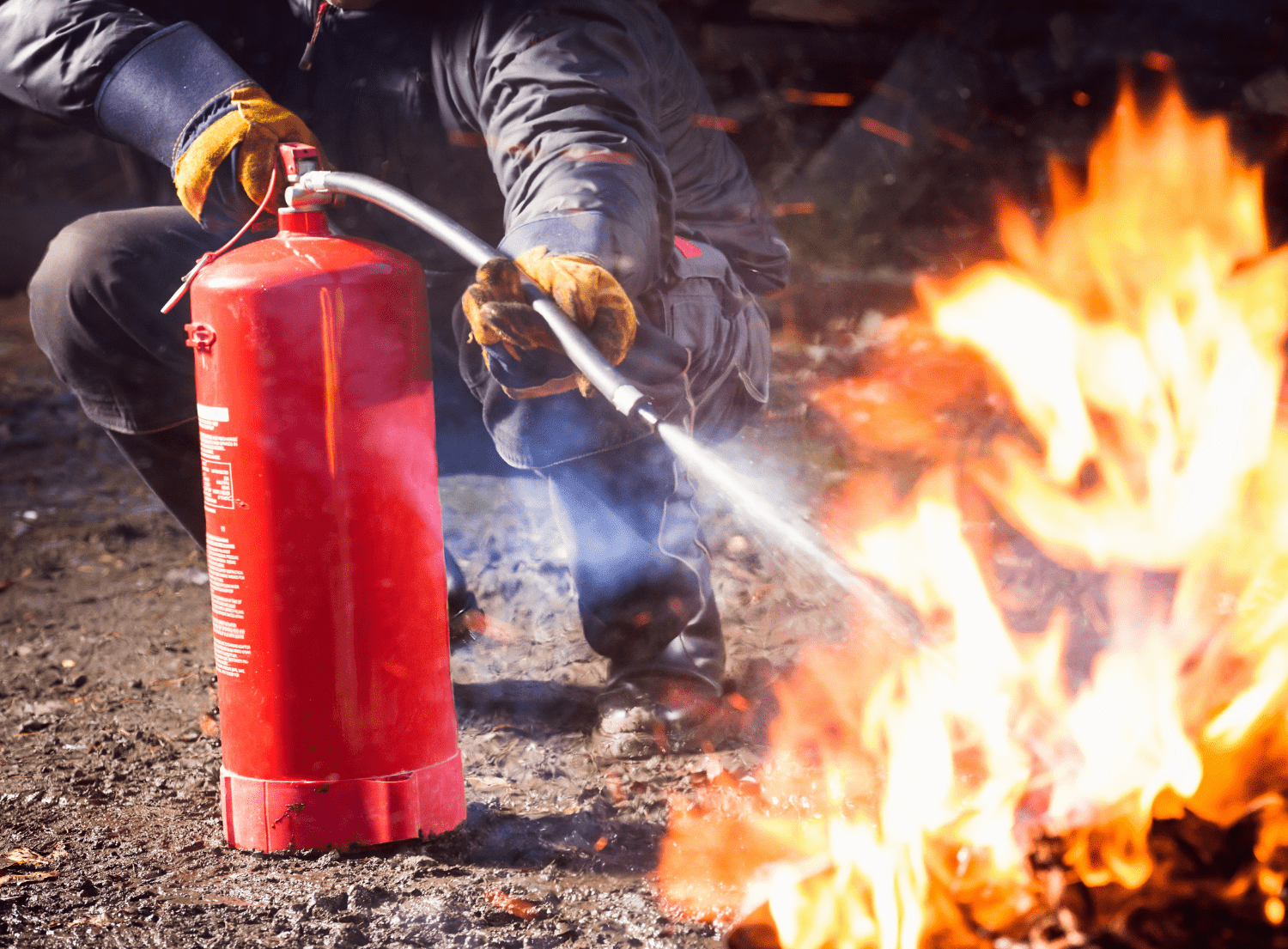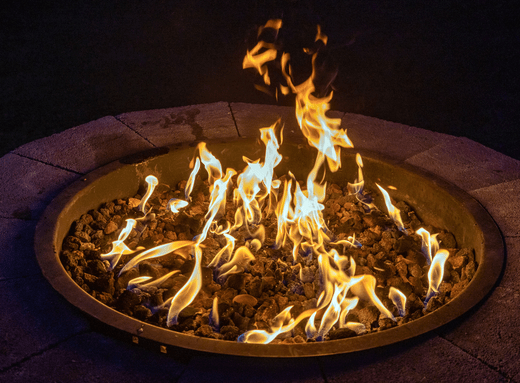Grilling enthusiasts around the world swear by the smoky, flavorful goodness that only a charcoal grill can deliver. Yet, for many, the challenge lies in mastering the art of temperature control. Mastering the art of controlling temperature on a charcoal grill can be a daunting task, especially for beginners. But fear not – we're here to guide you through the process of managing heat on your charcoal grill that will turn you into a backyard BBQ maestro.
From understanding the fundamental principles to employing advanced techniques, read on to discover some simple tips and techniques that will equip you with the knowledge to wield your grill like a seasoned griller.
Understanding Your Charcoal Grill
Before delving into temperature control techniques, let's dissect the anatomy of your charcoal grill. Typically composed of a cooking grate, charcoal grate, and strategically positioned vents, your grill's design plays a pivotal role in temperature regulation. These vents, located at the bottom and top, serve as gatekeepers of airflow, dictating the intensity of the fire and, consequently, the grill's temperature.
Creating Zones: The Power of Two and Three-Zone Fires
Central to temperature control is the concept of heat zones. The two-zone fire, characterized by arranging charcoal on one side of the grill, establishes a stark contrast between a hot zone and a cooler zone. This configuration enables simultaneous direct and indirect cooking, granting unparalleled versatility. For those seeking utmost precision, the three-zone fire offers an additional layer of control, dividing the grill into hot, medium, and cool zones, catering to a myriad of culinary endeavors.
Lighting the Coals: Navigating Lit vs. Unlit
The method by which you ignite your coals significantly influences temperature dynamics. Lit coals unleash immediate, intense heat, ideal for searing steaks and imparting tantalizing grill marks. Conversely, unlit coals ignite gradually, furnishing a sustained, consistent heat source conducive to prolonged cooks and low-and-slow barbecue sessions. Experimentation with the amount of lit and unlit coals unveils a spectrum of cooking possibilities, allowing you to tailor your approach to each culinary creation.
Harnessing Airflow: The Crucial Role of Vents and Dampers
Airflow serves as the lifeblood of charcoal grills, exerting profound influence over temperature regulation. The intake vent, situated at the grill's base, and the exhaust vent, positioned atop the lid, act in tandem to govern the oxygen supply to the coals. Widening the vents ushers in a torrent of oxygen, stoking the flames and yielding a hotter fire, while constricting air flow fosters a more subdued, cooler fire. Mastery of these vents empowers you to orchestrate the perfect cooking environment with precision and finesse.
Direct vs. Indirect Heat: Strategic Application in Culinary Endeavors
Different culinary endeavors necessitate distinct heat applications. Direct heat, synonymous with placing food directly above the coals, excels in searing meats and achieving caramelized perfection. In contrast, indirect heat, achieved by positioning food away from the coals, facilitates gentle, uniform cooking, making it ideal for delicate proteins and intricate dishes. Proficiency in discerning when to employ each technique elevates your culinary repertoire, ensuring impeccable results with every grill session.
Temperature Control Techniques: From the Basics to Advanced Strategies
Empowered with foundational knowledge, let's explore a plethora of temperature control techniques:
Vent Adjustment:
Fine-tune temperature by modulating intake and exhaust vents, with wider openings fueling a hotter fire and narrower settings tempering the flames.
Grill Shield Utilization:
Employ aluminum foil or specialized grill shields to deflect direct heat, mitigating flare-ups and fostering controlled cooking.
Layered Coal Arrangement:
Build upon the foundation of your fire by adding a second layer of coals, intensifying heat output for searing or extending cooking durations.
Bottom Vent Management:
Exercise precise control over airflow via intake dampers, dictating the fire's intensity and, consequently, the grill's temperature.
Top Vent Monitoring:
Maintain optimal airflow equilibrium by monitoring and adjusting the exhaust damper, ensuring efficient heat dispersion and smoke evacuation.
Eliminate Lighter Fluid:
Abandon traditional lighter fluid in favor of chimney starters or electric igniters to prevent flavor contamination and erratic temperature spikes, promoting a consistent cooking environment.
Lighting your Charcoal Grill
The RocketFire™ Fire Starter is an innovative tool in the world of grill ignition, offering a revolutionary solution to ignite your charcoal grill with unparalleled ease and efficiency. This sleek and powerful torch harnesses the potency of intense flames, delivering a swift and reliable ignition experience that goes above and beyond traditional methods.
With its ergonomic design and user-friendly interface, the Rocketfire Torch empowers grill enthusiasts to effortlessly light their charcoal grills with precision and confidence. No matches, kindling, or lighter fluid required! Whether you're embarking on a culinary adventure or hosting a backyard barbecue, this cutting-edge tool ensures swift ignition, allowing you to focus on what truly matters – the art of grilling and the joy of savoring delectable creations with family and friends.
Becoming a Grill Master
Whether you're searing succulent steaks, slow-smoking savory ribs, or grilling vibrant vegetables, you now possess the tools to navigate the fiery landscape of your grill with confidence and ease. Happy grilling!

